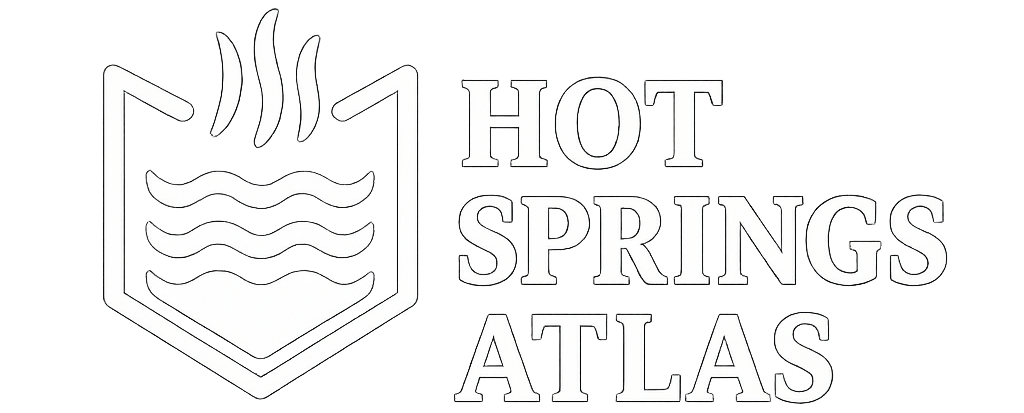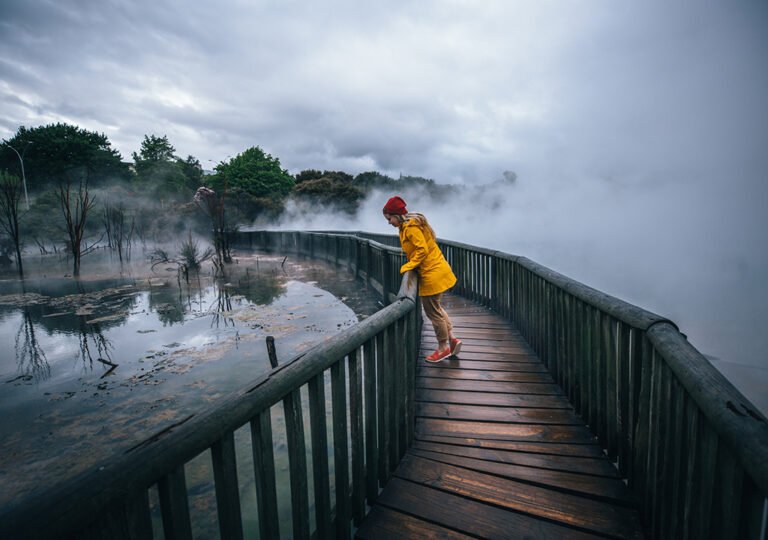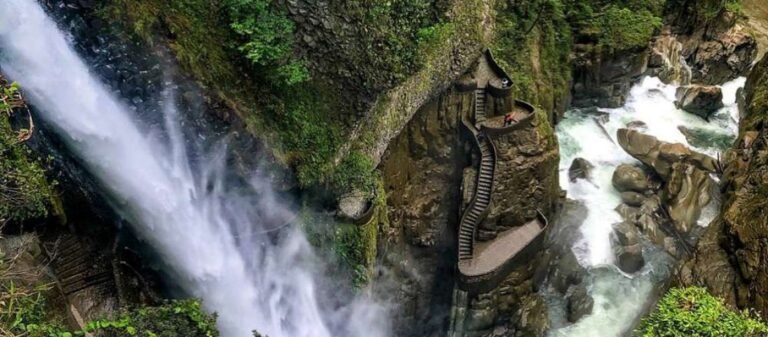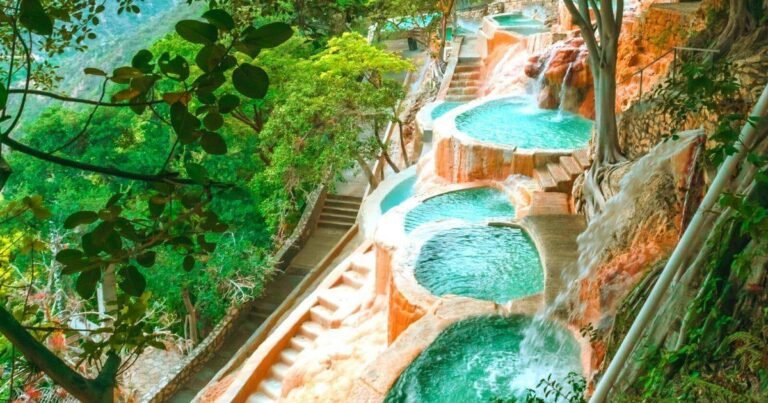Wildlife You Might Spot Around Hot Springs (and How to Respect It)
Hot springs are nature’s soothing sanctuaries—steamy, mineral-rich pools tucked into forests, valleys, and mountainsides. But these geothermal wonders are more than just a place to relax—they’re also habitats teeming with life. From graceful deer and elusive bobcats to curious birds and colorful insects, hot springs often serve as an oasis for wildlife.
If you’re planning a trip, here’s a guide to the animals you might encounter—and how to respectfully coexist with them.
Common Wildlife Around Hot Springs
1. Deer and Elk
These large herbivores are often spotted grazing in meadows or wandering near forested hot spring areas. They’re generally calm but can be startled easily.
- Tip: Keep your distance and use a zoom lens for photos. Never attempt to feed or approach them, especially during mating or birthing seasons.
2. Bears
Black bears are common in many hot spring regions, especially in national parks. They’re typically shy but may be drawn to the scent of food.
- Tip: Store food securely and follow local bear safety protocols. Never leave trash or food unattended.
3. Birds of Prey and Songbirds
Eagles, hawks, and owls often soar above mountain springs, while songbirds like warblers and sparrows flit around the trees. Their presence adds a serene soundtrack to your soak.
- Tip: Use binoculars to watch birds from afar. Avoid loud noises that might disturb nesting areas.
4. Reptiles and Amphibians
Lizards, snakes, frogs, and salamanders can often be found in the warm, moist environments near hot springs.
- Tip: Do not handle or remove these creatures. Many are sensitive to human touch and some may even be protected species.
5. Insects and Pollinators
Butterflies, bees, and dragonflies thrive in the lush plant life around hot springs. While bugs can sometimes be a nuisance, they play a vital role in the ecosystem.
- Tip: Avoid using chemical insect repellents near water sources—opt for natural alternatives that won’t harm aquatic life.
How to Respect Wildlife Around Hot Springs
1. Observe from a Distance
Use the “thumb rule”: if you can cover the entire animal with your thumb at arm’s length, you’re at a safe viewing distance. Getting too close can stress animals or provoke defensive behavior.
2. Stay on Designated Trails
Wandering off-path can destroy fragile plant life and disturb nesting areas or animal dens. Stick to trails and marked soaking areas to minimize impact.
3. Pack Out Everything You Pack In
Even biodegradable items like food scraps can harm wildlife. Animals may become dependent on human food, leading to dangerous encounters or altered behavior.
4. Leave No Trace
Hot spring ecosystems are fragile. Avoid using soaps or shampoos in the water, even if they’re labeled “eco-friendly.” Leave rocks, sticks, and other natural items where you found them.
5. Be Quiet and Patient
Let nature unfold on its own terms. Wildlife is more likely to appear when you move slowly and quietly. Avoid shouting, loud music, or sudden movements.
Seasonal Wildlife Tips
- Spring and Summer: High activity for many species. Watch for baby animals—never approach them, even if they seem alone.
- Fall: Great for spotting deer and elk in rutting season, but be extra cautious—they can be aggressive.
- Winter: Animals are scarcer, but tracks in the snow can tell fascinating stories.
Final Thoughts
Visiting a hot spring is an opportunity not just to unwind, but to witness the beauty of wild places. By showing respect for the animals and habitats that surround these thermal gems, we help preserve them for future generations of both humans and wildlife.
So go ahead—soak, breathe, and observe. Just remember, you’re a guest in their home.







